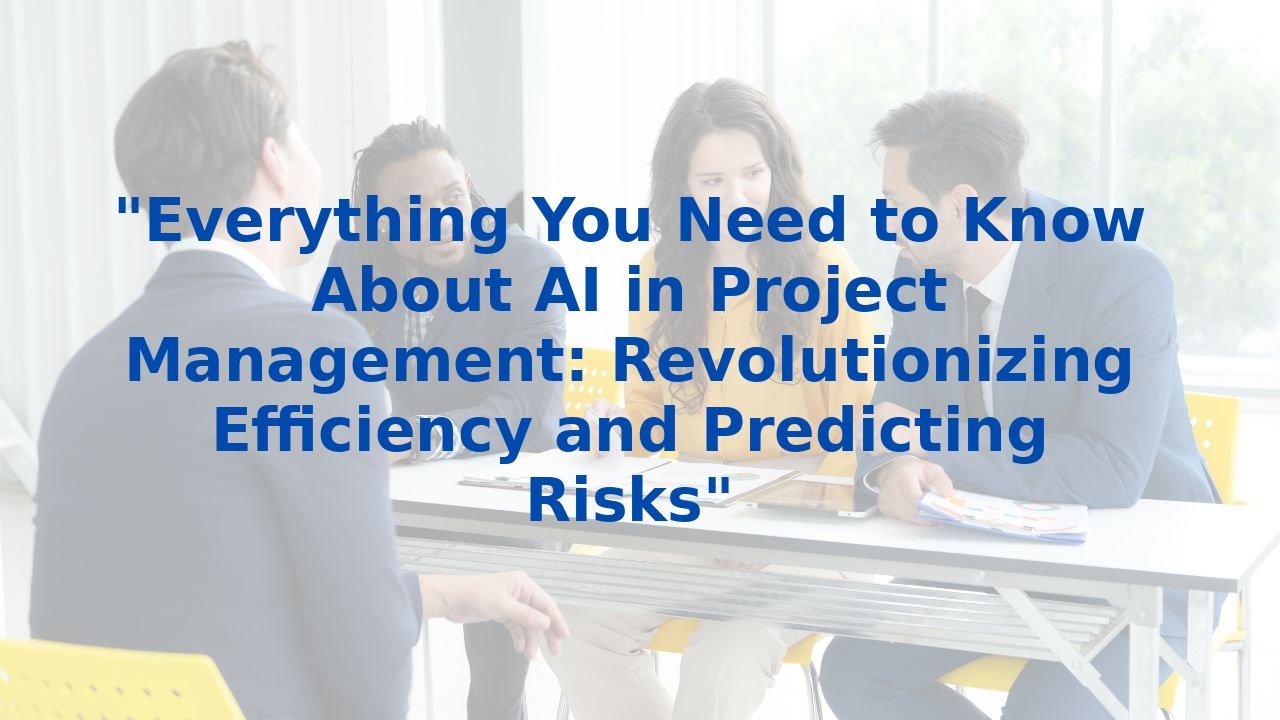The Future of Cybersecurity: A Guide to Human-AI Collaboration for Enhanced Security
The Future of Cybersecurity: A Guide to Human-AI Collaboration for Enhanced Security
The landscape of cybersecurity is shifting, and at the heart of this evolution lies the profound potential of human-AI collaboration. Rather than viewing technology as a threat to jobs or traditional roles within organizations, we must recognize it as a powerful ally in strengthening our cybersecurity posture. By combining human expertise with artificial intelligence, we pave the way for enhanced security frameworks that not only protect our digital assets but also improve our operational efficiency.
The Role of Human Expertise in Cybersecurity
In the world of cybersecurity, humans are irreplaceable. The skills that cybersecurity professionals bring—strategic thinking, critical analysis, and ethical considerations—are essential for navigating the complexities of today’s threats. While AI may automate many functions, it lacks the nuanced understanding and moral judgment that human analysts provide. It is this unique blend of human insight and AI capabilities that lays the groundwork for a robust cybersecurity framework.
The Benefits of Combining Human Intelligence with AI
The collaboration between human intelligence and artificial intelligence yields transformative benefits across various domains of security operations. Let’s explore some of these advantages:
1. Enhanced Threat Detection: AI excels at processing vast amounts of data at lightning speed, identifying patterns and anomalies that might slip past even the most vigilant human eyes. However, it’s the human element that stitches these insights into meaningful narratives, enabling informed decision-making and proactive response.
2. Reduced Workload: By automating repetitive tasks such as data analysis and threat monitoring, AI allows cybersecurity professionals to focus on higher-level strategic activities. This not only streamlines operations but also enhances job satisfaction, as employees are freed to engage in more intellectually stimulating work.
3. Continuous Learning: The dynamic exchange between AI systems and human analysts fosters an environment of ongoing improvement and adaptability. AI learns from past incidents and human feedback, while human professionals gain insights that sharpen their intuition and expertise.
Key Areas for Human-AI Collaboration
To fully appreciate the impact of this partnership, consider the following areas where human-AI collaboration is particularly effective:
1. Incident Response: When a security incident occurs, AI can swiftly flag suspicious behavior. Meanwhile, human analysts can interpret the context—such as user travel history—to make rational decisions that an algorithm alone may miss.
2. Vulnerability Management: AI can conduct thorough scans for vulnerabilities, while human experts evaluate and prioritize these threats based on business impact, ensuring that resources are allocated judiciously.
3. Threat Intelligence: By processing and synthesizing extensive threat data, AI provides a wealth of information that human analysts can interpret and contextualize, transforming raw data into actionable intelligence that strengthens defenses.
Best Practices for Building a Strong Human-AI Cybersecurity Team
To create an effective human-AI cybersecurity team, organizations must establish best practices that foster collaboration and efficiency:
1. Clear Roles and Responsibilities: Clearly defined roles help streamline operations and ensure that human analysts and AI systems work together cohesively without confusion.
2. Collaborative Environment: Cultivating a culture of teamwork and open communication is essential for maximizing the benefits of both human talent and AI capabilities.
3. Continuous Feedback Loop: Regular feedback between AI systems and human analysts enhances the performance of both parties, ensuring AI tools evolve alongside human insights.
Training Employees for AI
To harness the full potential of AI in cybersecurity, organizations must invest in training their employees. Training programs should focus on a few core areas:
1. AI and Machine Learning Skills: Cybersecurity practitioners need to develop a robust understanding of AI and machine learning to effectively leverage these technologies.
2. Collaboration Skills: Employees should be trained on how to engage with AI systems—understanding how to extract insights and make data-driven decisions based on AI-generated reports.
3. Ethical Considerations: Training should include ethical guidelines for AI use, ensuring that decisions made with AI tools align with societal and organizational values.
Future Trends in Human-AI Partnership for Enhanced Security
Looking ahead, we can anticipate several exciting trends that will shape the future of human-AI collaboration in cybersecurity:
1. Advanced Predictive Analytics: As AI evolves, we can expect enhanced predictive capabilities that enable organizations to anticipate threats and prepare more effectively.
2. Real-Time Adaptation: Future AI systems will likely embrace real-time adaptability, adjusting their defense mechanisms dynamically to counter emerging threats.
3. Greater Interoperability: Enhanced interoperability between AI systems and security tools will streamline operations, leading to a more cohesive and effective security posture.
By embracing the synergy of human expertise and AI, we are not just preparing for the future of cybersecurity—we are actively shaping it. The key to success lies in collaboration, awareness, and commitment to continuous growth within our organizations.



